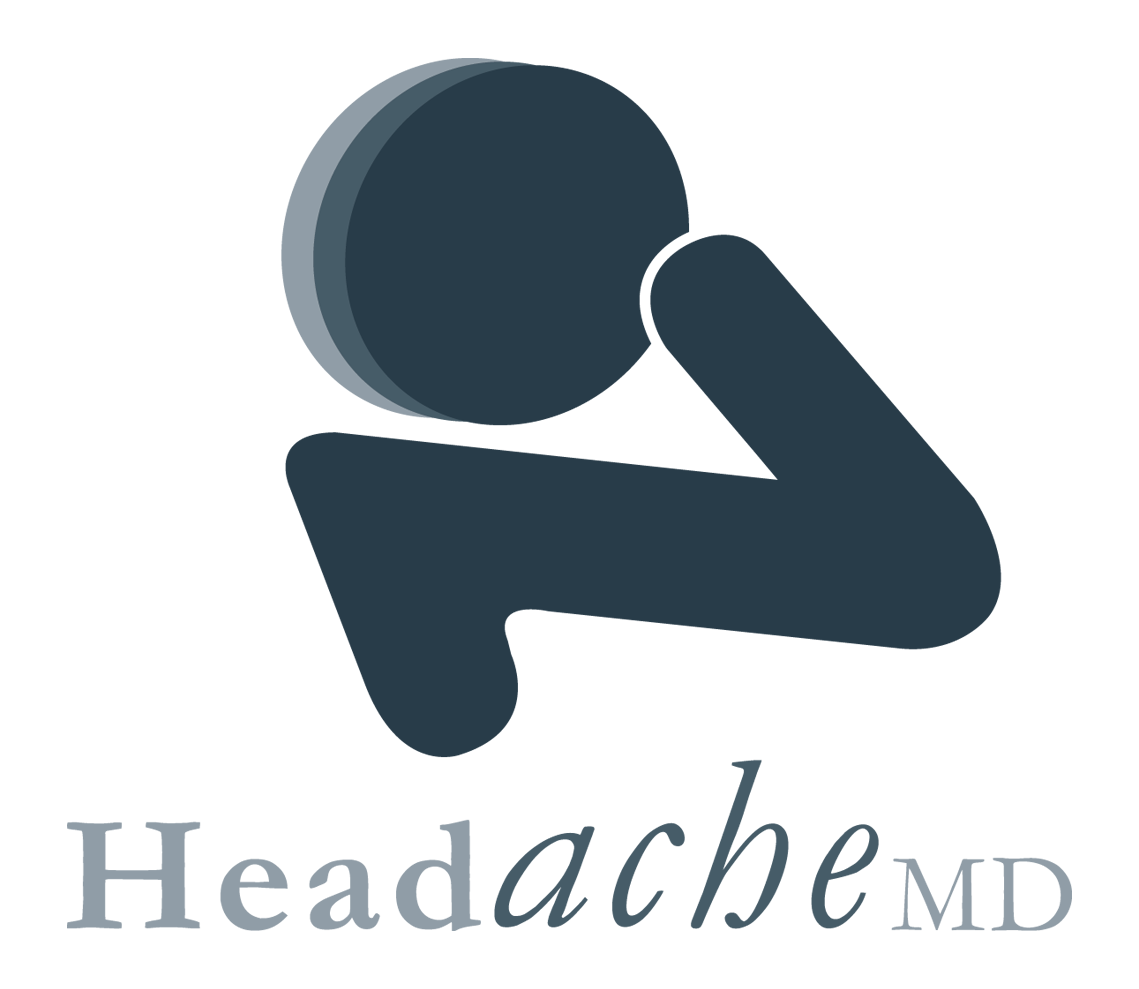With a migraine attack, even the smallest movement of your little toe can seem to cause great pain.
Migraines are famous for making activities like shaving, bathing, and even combing your hair hurt like heck! In reality, however, the pain is all in your head – literally.
Shift in Focus
Scientists are shifting their focus from treating migraine attacks to preventing them – good news to the millions of people who suffer migraines. It is easier to prevent a migraine with the correct methods, than it is to treat its symptoms in the middle of an attack.
To understand the importance of the shift in focus, it must be noted that before the 1980s, people with migraines had little more than aspirin to lessen their severe pain. But the side effects of aspirin worsened the symptoms (such as ulcers) of many patients.
In the 1980s, scientists developed strong drugs formulated to stop migraine attacks almost as soon as they began. But like aspirin, these drugs left serious side effects, like increased risks for heart attacks, that often outweighed the benefits.
These medications are supposed to be taken within the first hour of an attack for best results. Otherwise, the pain may not lessen significantly, resulting in little benefit with high risks for side effects.
The shift in focus from treatment to prevention comes at an opportune time. Studies have shown that migraines are becoming more common due to the increasing stresses of modern life, prevalence of food triggers, and an increasing dependence on drugs for even slight pain, among other factors.
Ashift in focus brings to migraine-sufferers the hope of less severe attacks, and, of course, preventing an attack even before it happens!
Drugs in the Works
While older, anti-migraine drugs are still being prescribed, scientists are developing new preventive measures including:
• Taking non-migraine drugs on a daily basis as a way of preventing migraine attacks. These drugs affect the blood vessels and brain chemicals (which can prevent inflammation) that result in migraines. The FDA is also reviewing drugs like Trexima, which combine several drugs including sumitriptan and naproxen sodium.
• Fine-tuning the drug regimen so that each patient has a customized protocol. The mutual goal among the doctor and his patient is to take fewer drugs to enjoy similar benefits, while also avoiding many of side effects. This results in better control over migraines.
• Adding nutritional supplements to boost the body’s ability to fend off the onset of a migraine. These include magnesium, riboflavin, and coenzyme Q10.
With these treatments, the doctor identifies the “window of vulnerability”, or the time when a patient can benefit the most from a medication. This requires trial and error, as well as the adoption of certain preventive measures like avoiding triggers (i.e., food, stress, sounds).
Why and What of Complementary Migraine Treatments
Migraines are considered the worst type of headache. Fortunately, they can be effectively managed with the right combination of medications, lifestyle changes, and complementary treatments.
Of all the treatment options, the wide range of complementary treatments is gaining traction among migraine patients. These options are natural (i.e., non-drug) and with less side effects and more benefits. Many patients think of them as a way to gain everything in pain relief, while losing nothing in the process.
Why Consider the Treatments
Not everybody can benefit from migraine-related complementary treatments. Headache experts say that complementary therapies usually work best on patients who are:
• Unable to receive significant, if not complete, pain relief from their prescribed medications
• Experiencing difficulty with side effects from medication
• Diagnosed with medical conditions that preclude the use of migraine medication
• Reluctant, if not completely against, taking medications of any kind
Make sure to discuss your options with your doctor before trying out any of these treatments.
What Treatments to Consider
While the treatments below can also help with migraines, factors such as a patient’s age, physical condition, and level of migraines can affect the benefits gained
• Acupuncture
Tiny needles are inserted into the meridian points of your body to ease the pain of migraine attacks. Mild electric currents may also be transmitted to the needles, to stimulate the body into releasing its natural painkillers.
• Biofeedback
Known as mind-over-migraine, biofeedback provides the patient with the ability to control his or her physical state. For example, you will learn relaxation techniques to slow down your heart rate or relax your muscles, which can lessen the migraine’s severity.
• Massage
While in-depth studies have yet to be done on massage as it applies to pain relief in migraines, early studies are promising. Massage reduces stress, a common trigger for migraines, and lessens the frequency of migraine attacks. Massages, however, cannot aid while an attack is occurring.
• Pressure
Applying gentle pressure on certain parts of the face, head and neck may also provide pain relief. Try pressing on your brow line and under your eyes, rubbing your jaw and temples in a circular motion, and massaging your nape with a tennis ball.
• Chiropractic Medicine
Spinal manipulation may also work, especially for people with cervicogenic headaches, which originate in the neck. If you are considering spinal manipulation, consult with your doctor, as certain issues (like spine health) can increase risks. Generally, though, this is a safe method for relatively healthy adults.
• Transcranial Magnetic Stimulation
Transcranial magnetic stimulation (TMS) has been found to lessen the intensity and shorten the length of a migraine attack. Through this method, your scalp will be subjected to a magnetic device that sends painless magnetic pulses into your brain, a technique that is usually done during the aura phase.
Again, if you are going to consider conventional methods of migraine treatment, it is important to adopt the above-mentioned complementary treatments. A pain-free life may be in your future!
